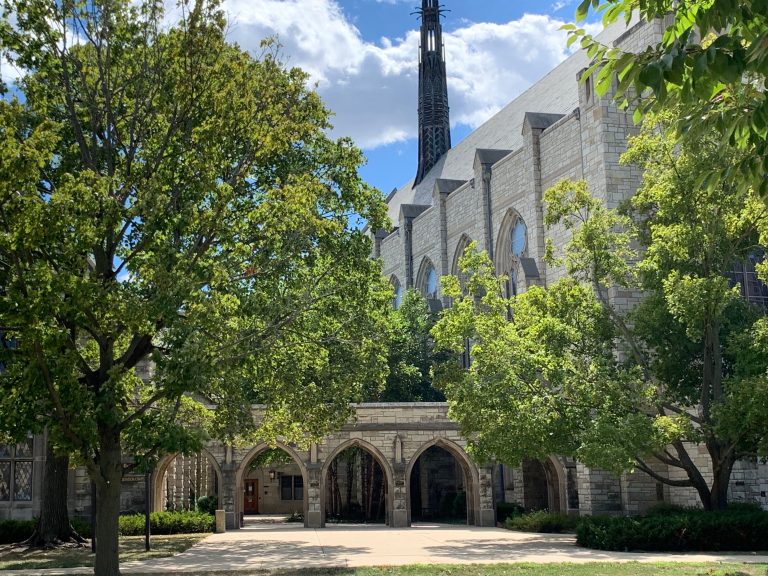Your Guide to the High School Junior Year
Last Updated on December 31, 2024 by Jill Schwitzgebel

Hopefully, no matter how reluctant you feel about this upcoming milestone, you have begun taking a few steps. I’m an advocate of starting the process early to help alleviate as much of the stress as possible. Everyone hears the horror stories about the junior year of high school and certainly it is likely to be an academically challenging year. But with organization, the college search does not need to be stressful.
Your child’s goal this year should be to finish the school year with an almost fully complete list of colleges where they plan to apply. Chances are that they are not going to be able to do that without some help from you. They’ll need guidance along the way, especially for those college visits. Here are the things that need to get accomplished throughout the year:
1. Take the PSAT
This is great practice for the SAT. And, a very strong score on the PSAT in October of Junior year could lead to becoming a National Merit finalist. Parents often look at the relatively small amount of money attached to National Merit scholarships and feel that it’s not a big deal. However, what makes it a big deal is not THAT money, it’s that colleges often award major scholarships of their own to National Merit winners. And in many cases, those scholarships are the full cost of tuition and sometimes room and board is covered too. And colleges also love to brag about their number of National Merit scholars on campus in their marketing materials. It makes your student desirable!
2. Take the ACT and SAT
I strongly recommend that students take these at least once by late fall or winter of their junior year. This gives time for re-taking it in the spring. Having this score makes it much easier to know what colleges your students should be considering. Or, it may help you to make the decision about whether students should apply to test-optional colleges, without submitting scores, if it appears that their score is not an accurate representation of their academic skills. And you definitely do not want to have to stress about taking this test as your student is applying to college in the fall of their senior year.
Navigating the Chaos in Test-Optional Admissions
3. Get serious about the college search
Visit a variety of sizes of schools in a variety of locations (urban, rural, suburban). GPAs and test scores will help determine the list of places to see. If you can’t visit, it’s especially important to seek out representatives at a college fair to discuss the college with them.
4. Think carefully about the Senior year schedule
Recognize that students will be busy with college applications in the fall, in addition to their coursework. And then, recognize that by second semester, senioritis, with its accompanying lack of motivation, may set in. Help your child to choose challenging courses, but bear those two things in mind.
On the flip side, don’t allow your child to fill their schedule with classes like basket weaving. Colleges WILL look at what classes they are taking and they do want to see increasing academic rigor as part of the momentum toward college.
5. Seek extracurricular leadership opportunities
At application time, students will be asked to compile a list of extracurricular activities that they have been involved with during high school. Hopefully, by their junior year, they have an activity or sport that they are committed to and that most importantly, they enjoy. This is the perfect time for them to show initiative by seeking out leadership opportunities within that activity.
6. Ask for teacher recommendations
Toward the end of the school year, students should know who they would like to ask to write letters of recommendation for them for their college applications. It’s nice if students can ask those teachers before they leave for summer break, so that teachers have the option to write the letters for them over the summer.
It’s important to remember in the junior year, and throughout high school, that there is more to the application process than just test scores and GPAs.
If your student accomplishes all of the above, then they will be in good shape as they head into their senior year. You’ll be able to use the summer to finish up those college visits and get a head start on the college applications. For more information about what tasks they need to complete over the summer before their senior year, check out the Summer Before Senior Year Year To-Do list!










